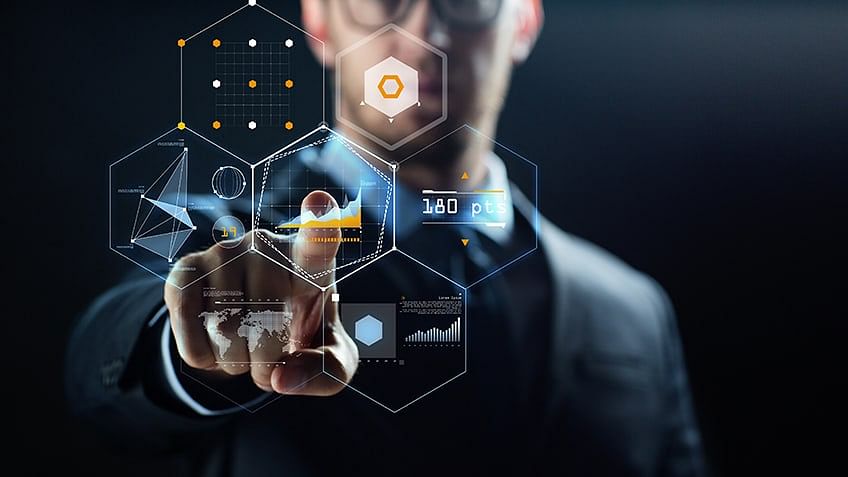Adapting Society 5.0 in today's world :
Why DMPs are Essential for Society 5.0
Have you ever noticed a trend where, after researching a particular product online, you start to see advertisements for related items across different websites? This is the world of targeted advertising, which is often powered by data management platforms also known as DMPs.
In the increasingly competitive space of society 5.0, waiting for reports to adapt operations means losing out potential customers. Businesses need access to real-time insights, allowing for instant personalization of their operations in order to remain competitive (Starita, 2019).
Society 5.0 thrives on data, and DMPs are they key to unlocking its true potential. By harnessing customer insights and enabling real-time decision making, DMPs are poised to be the secret weapon of success in this new era.
References:
What Is a Data Management Platform (DMP)? (2022). Oracle.com. https://www.oracle.com/cx/marketing/data-management-platform/what-is-dmp/ Starita, L. (2019, November 20).
How Does a Data Management Platform Work? www.gartner.com. https://www.gartner.com/en/marketing/insights/articles/how-does-a-data-management-platform-work



Comments
Post a Comment